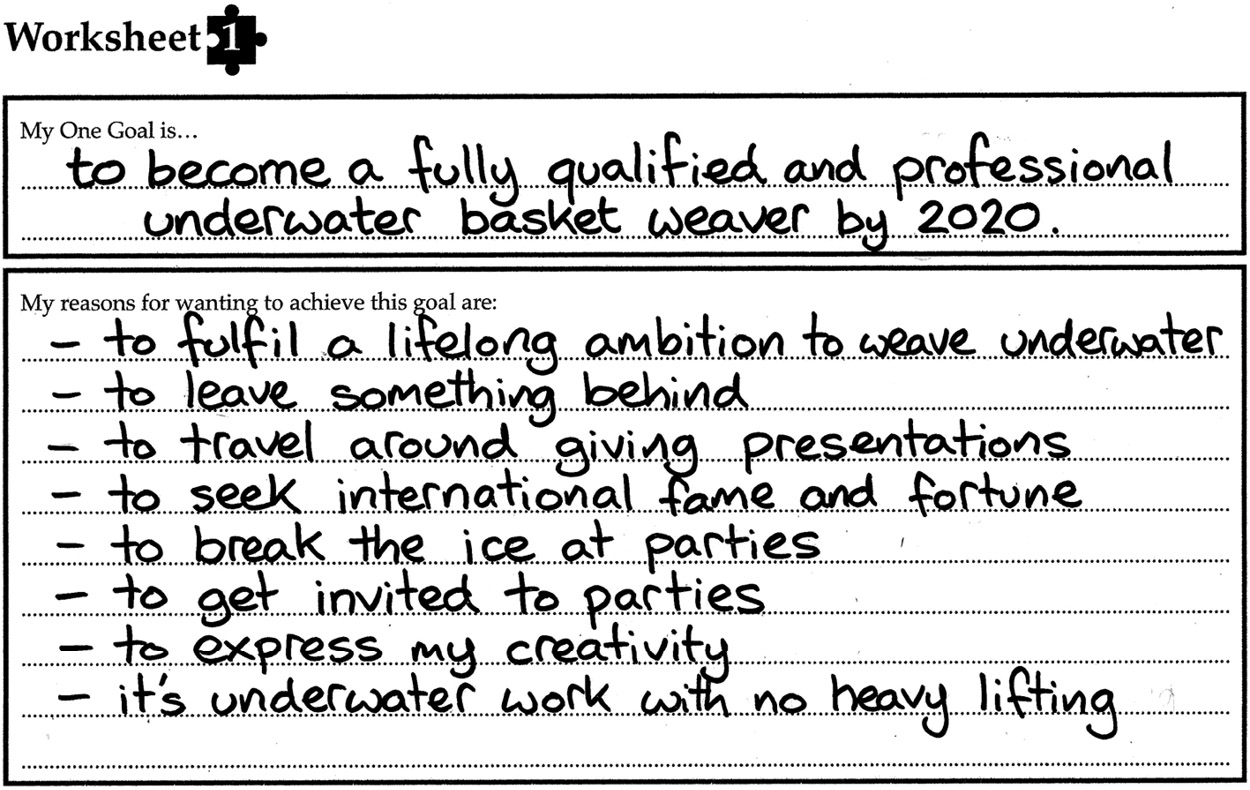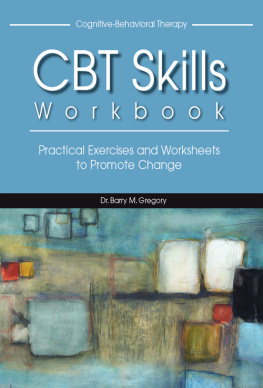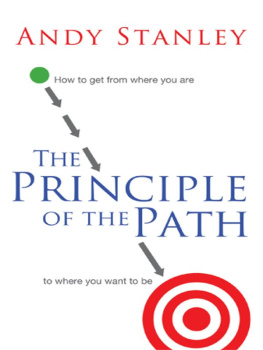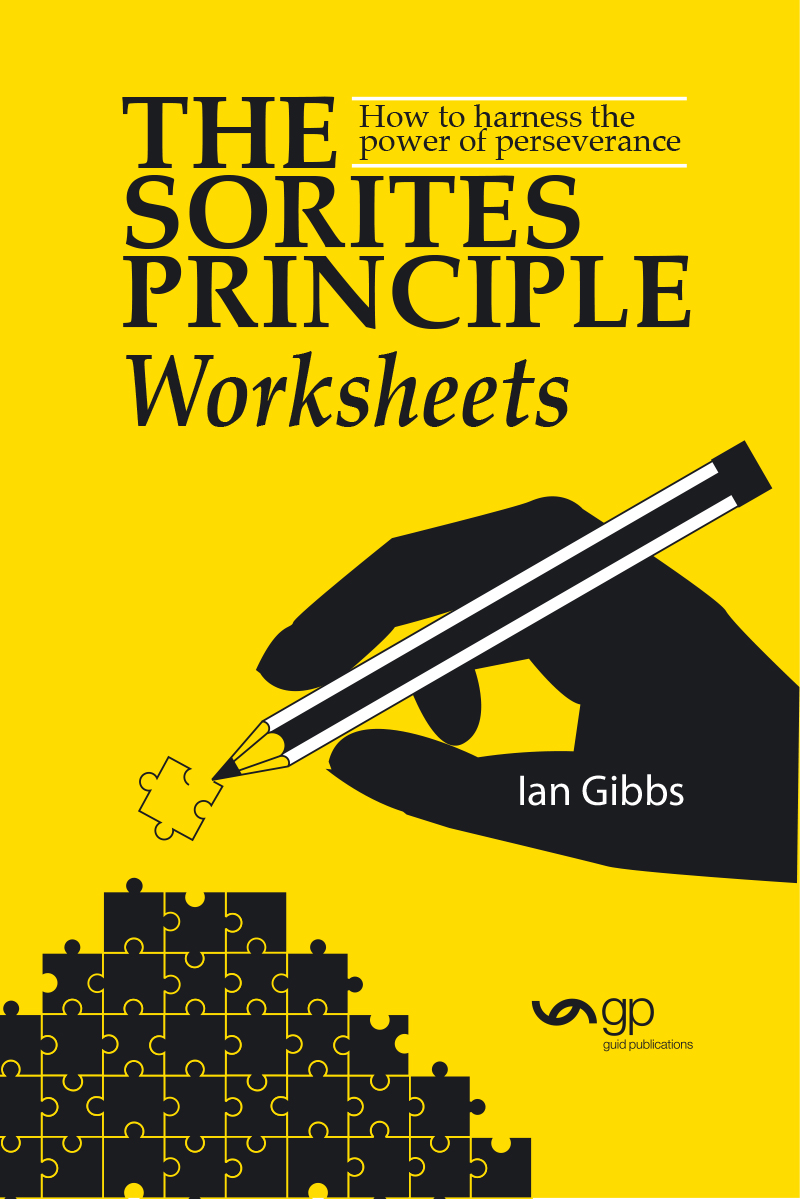Copyright
The Sorites Principle Worksheets
2016, Guid Publications
Bruc, 107, 5-2
08009 Barcelona
Espaa
Email: guid@guid-publications.com
Design: Estudio Hache
ISBN: 978-84-945213-6-2 ebook
No part of this publication may be reproduced, stored or introduced into a retrieval system, or transmitted in any form or by any means (electronic, mechanical, photocopying, recording or otherwise) without the prior written permission of the copyright owner. All rights reserved. This book shall not be sold, lent, hired out or otherwise circulated without the publishers consent. Although the publisher entirely respects the authors text, the views expressed therein are those of the author.
www.guid-publications.com
Ian Gibbs 2016
All rights reserved.
No part of this publication may be copied or stored on a retrieval system or disseminated in any manner without the prior permission of the author. If you do attempt to do so we shall find out, come round and hide your phone in such a place as youll never find it ever again.
Welcome to the Sorites Worksheets, a set of printable activities that are designed to help and encourage you to apply the Sorites Principle: that the constant application of insignificant actions when coherently focussed will inevitably lead to dramatically significant results.
These worksheets were originally intended to accompany my book The Sorites Principle: How to harness the power of perseverance , but there is no reason why you couldnt try them out by yourself and, as such, I have included a brief explanation of what each one is for.
So in case you arent familiar with the book, in it I make reference to certain Perseverance Tools such as Star Charts and Weekly Piece Planners. I also provide a few badly illustrated diagrams (drawn by yours truly) and suggest that drawing these yourself would be relatively simple and straightforward.
But if youre anything like me, you might be a bit reticent about drawing a chart or graph from scratch, especially if it happened to be someone else in your family who got the artistic talents and your hand is a bit wobbly. After all, whats the point of reinventing the wheel if someone else has already been kind enough to have done it for you with professionally designed and easy-to-download PDF files?
So what you now have is just that a handy and convenient set of worksheets for you to use and abuse to your hearts desire.
I hope you find them as useful as I did.
I wish you all the best, and happy persevering!
Ian
 Worksheet 1: My One Goal
Worksheet 1: My One Goal
Objective: To establish a clear and feasible goal and to identify the reasons why you want to achieve it, as well as the benefits it will bring.
So heres the first worksheet, certainly the most important and possibly the most challenging.
Because of this, I suggest you do it in pencil and then, once youve finished rubbing it out and changing bits, go over it in a big, black permanent marker pen.
The first step is to decide what your single most important goal is the one you want to dedicate all your persevering energy on.
One way to do this is to write out all of your goals and then go through them and cross out all the trivial goals, the ones that you could live quite happily without. Then cross out all of the goals that are sub-goals, or goals that are simply steps towards a larger goal. Next, group together those goals which are similar goals which are basically different ways of trying to achieve the same thing.
Now you should be left with just a handful of goals. From these, pick the one goal that will have the biggest positive impact the one that, when you achieve it, will send out positive ripples through all the other parts of your life.
Then find a way of writing that goal out that meets the SMART criteria as detailed in The Sorites Principle (chapter 4). For instance, it must be Specific; dont use vague words like better, improve or more. I want to improve my Swahili is vague; I want to pass my Swahili A-level is specific.
Finally, write out all of the reasons why your goal is worth it. Dont just write one reason, write down as many as you can. How will it make you feel? What are the direct benefits? What are the secondary benefits? What else have you missed? Write them all out and add to them as you go along, because youre going to need to remind yourself why your goal is worth it when General Despondency comes to call and your Grog tries to convince you that your goal is not as important as a little lie down on the sofa.
Now get yourself a Goal Diary and copy this worksheet onto the first page.
Example:

 Worksheet 2: The Pieces of My Puzzle
Worksheet 2: The Pieces of My Puzzle
Objective: To think of and identify all of the easy little actions you can do often, if not several times every day, that will slowly yet inevitably bring you closer to your goal.
The single most important thing about achieving your goal gradually over time (after deciding what that goal is) is to understand that just doing one or two things a week is not going to achieve much.
Lets be realistic: attending French classes once a week is not going to do much for your French fluency. But you know this already, dont you?
Its doing a little, often that is the powerful Soritean approach.
As I explained in chapter 5, we need to find all of the little things you can do which, just like the little pieces of a jigsaw puzzle, start to come together to create a big result.
In chapter 16, I give three case studies to illustrate this: a language student, a fitness trainer and ahem a writer. All of them were doing lots of little things all the time to eventually become successful.
So what are yours going to be? Set them all down. Think of the obvious and the not-so-obvious.
As you go on, more ideas will come to you. Add those to this list, too.
The only thing left to do is to make sure you do as many of these easy actions as often as you can every day, and thats what the rest of these worksheets are for.
Example:

 Worksheet 3: My Star Chart
Worksheet 3: My Star Chart
Objective: To provide a constant reminder of your chosen regular tasks and increase motivation by providing an associated positive concept for each time you carry out that task.
Most of us are negative-averse.
By this, I mean that most of us react to negative feelings in a stronger way than corresponding positive ones (e.g., losing 5 vs winning 5).
This can be a problem because many of the actions we need to do in order to progress towards our goal could be seen as negative. Instead of seeing a task as progress, we see it as a sacrifice, a burden or a chore.
To improve your persevering power, you can therefore assign a positive concept to an otherwise negative one.
One way of doing this is with a Star Chart. Here, you award yourself a gold merit star (available at your local stationers, arts and craft shop or even on Amazon).
Decide which of your important regular tasks warrants a gold star and how many stars you need to get per month to satisfy your progress towards your goal.












 Worksheet 1: My One Goal
Worksheet 1: My One Goal
 Worksheet 2: The Pieces of My Puzzle
Worksheet 2: The Pieces of My Puzzle
 Worksheet 3: My Star Chart
Worksheet 3: My Star Chart